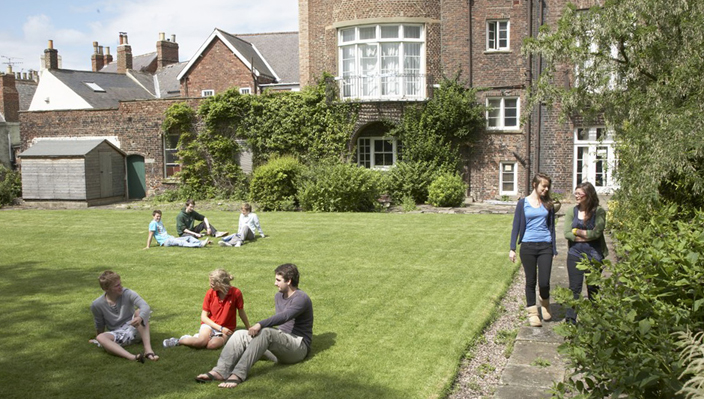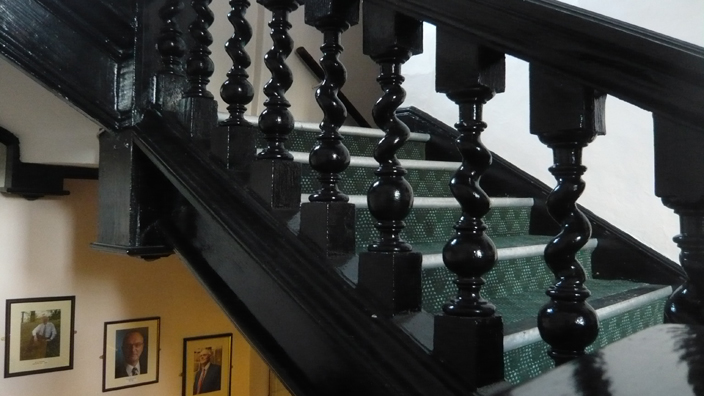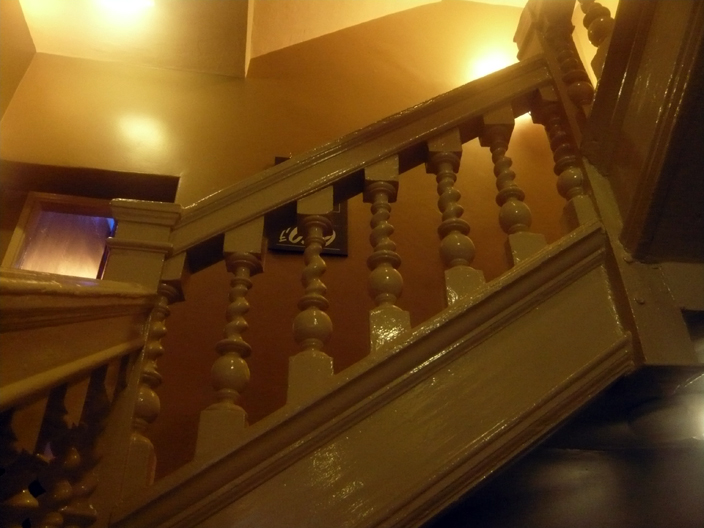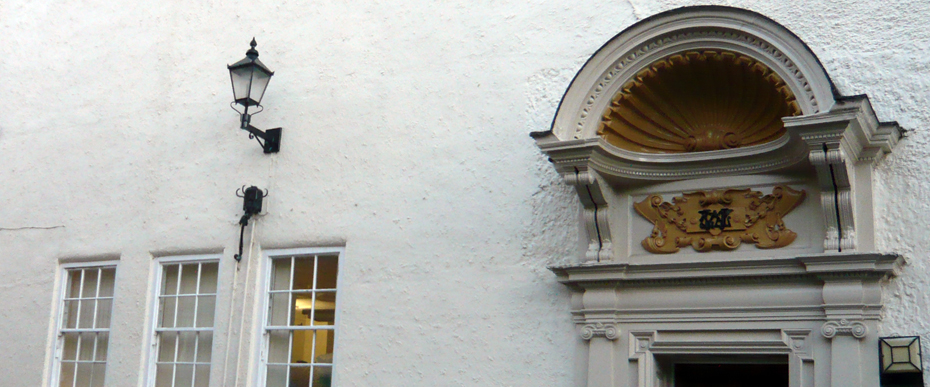St Cuthbert’s Society
Collegae Non Collegium (Colleagues But not a College)
St Cuthbert’s Society was originally founded in 1888 as a non-residential association of students who were unattached to the two existing colleges of Durham University – University College and Hatfield. It was intended to cater to mature students who had family responsibilities and preferred to live independently – these became known as the 'Unattached'.
The society had no permanent base, and events were held in various locations, until December 1892, when students going to attend a meeting in the Shakespeare Hall on North Road found it locked and had to “endure waiting in the slush and mud ... laughed at by every passerby ...”
By the following year, they had secured a room in Cosin’s Hall on Palace Green.
Decline and “Refounding”
During World War II, student numbers declined significantly, and by 1941, there were no Unattached students left. Fortunately, in 1946, following the end of the war, student numbers slowly began to increase and the society was “refounded” in that year by seven students. It moved to its current location on South Bailey in 1951 and first began to provide accommodation in that year. Find out more on the St Cuthbert’s Society website.

Among the surprising things about buildings on the east side of South Bailey is how large their back gardens are. These buildings were originally townhouses of the wealthy, many of which had landscaped gardens going down to the river. Some properties had ice-houses, which were cool enough the keep ice from melting even during the warmer months.
A Seventeenth Century Residence
St Cuthbert’s most impressive building is 12 South Bailey, dating back to the 17th century. Its grand wooden staircase is similar to another contemporary staircase on North Bailey, reflecting what must have been the canons of good taste among the wealthy of the time.
The idea of a grand staircase as a prominent feature of a residential building is also to be found in Durham Castle, of course.

The seventeenth-century staircase of the main building of St Cuthbert’s Society.

The staircase in Library bar on Saddler Street (the extension of the Bailey), almost certainly contemporary with the one at St Cuthbert’s Society, and perhaps made by the same craftsmen.

